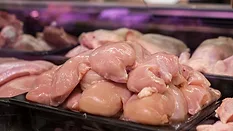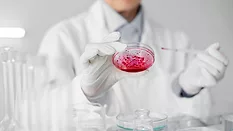
Sampling/Sample Prep
Sampling programs for food examine a certain portion or product units of a particular lot of the same food as a representative of the quality and safety of the food. Sample prep for laboratory testing involves the preparation of samples for testing.
Articles
More ArticlesNever miss the latest news and trends driving the food safety industry
eNewsletter | Website | eMagazine
JOIN TODAY!Copyright ©2025. All Rights Reserved BNP Media.
Design, CMS, Hosting & Web Development :: ePublishing


